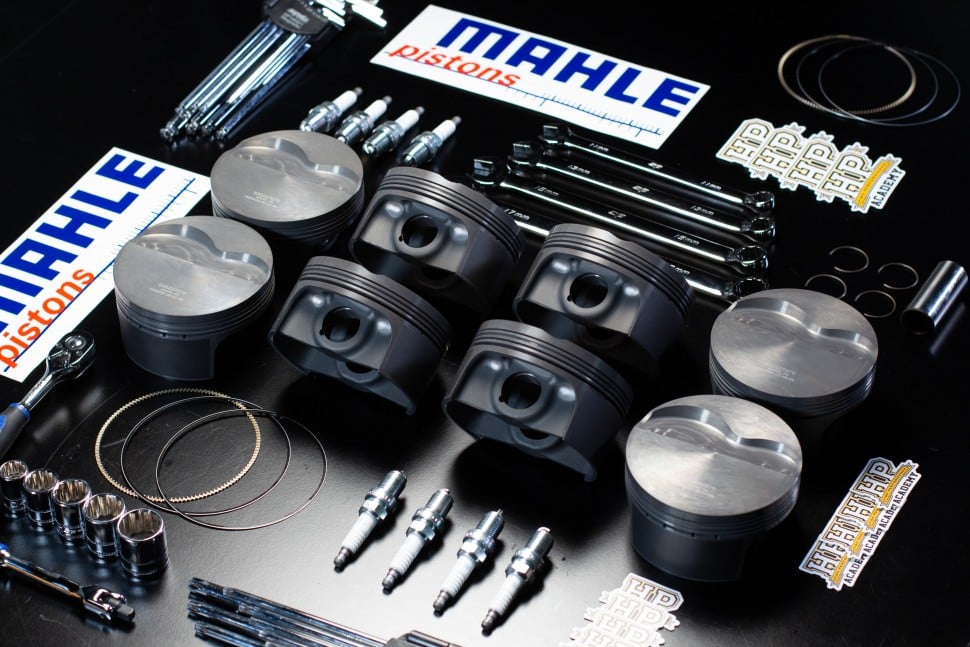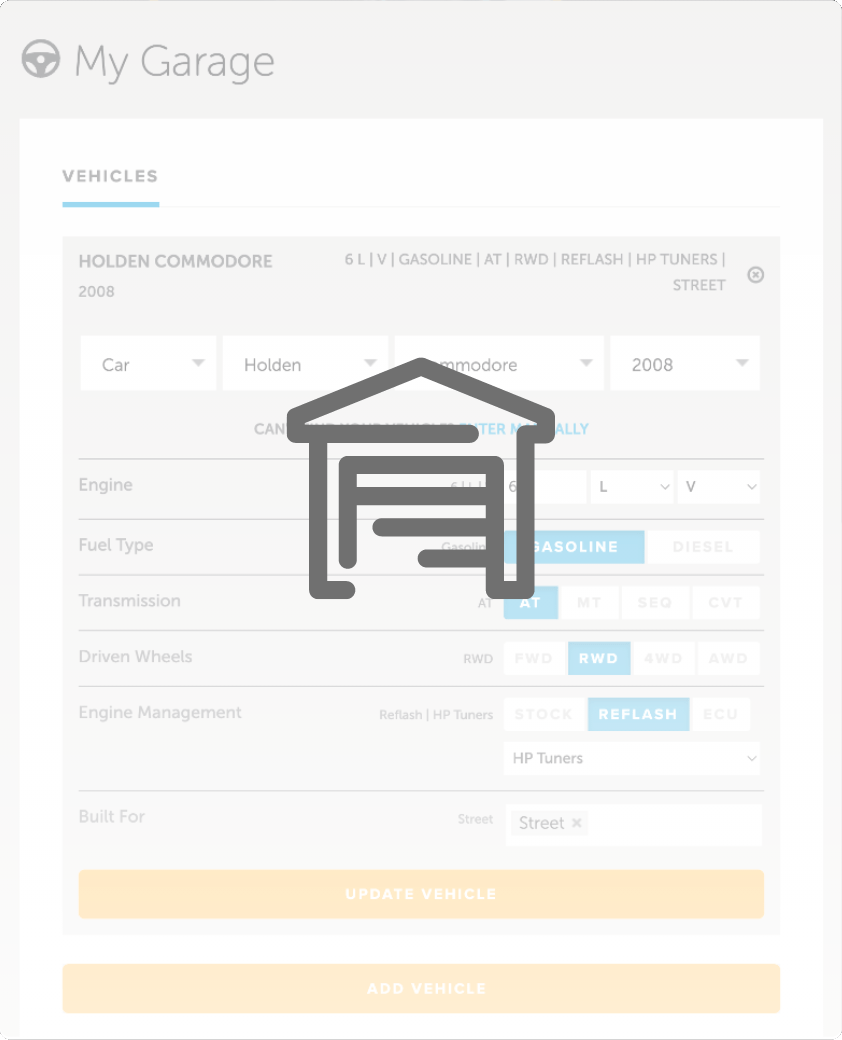Road Tuning | Can I Tune Ignition Timing Without A Dyno?
Summary
George has asked, what advice would you give to tuning ignition timing on cruising, not wide open throttle, on the street with no dyno? OK this is a little bit trickier here because obviously out on the street, we don't have the benefit of anything to give us some feedback as to how much torque we are producing. So the real answer here is that we need to accept the fact that we may end up leaving a little bit of performance on the table and it always pays to be a little bit more conservative.
| 00:00 | - George has asked, what advice would you give to tuning ignition timing on cruising, not wide open throttle, on the street with no dyno? OK this is a little bit trickier here because obviously out on the street, we don't have the benefit of anything to give us some feedback as to how much torque we are producing. |
| 00:19 | So the real answer here is that we need to accept the fact that we may end up leaving a little bit of performance on the table and it always pays to be a little bit more conservative. |
| 00:30 | What we can do is start to build up a pretty good idea of what OE manufacturers use for ignition timing in the cruise areas of the map. |
| 00:37 | And generally we might find that this is somewhere in the region of maybe 32 through to maybe 40, 45 degrees of ignition timing. |
| 00:44 | So generally I'm going to be focusing or using OE manufacturer's timing numbers as a bit of a guide for what I'm likely to be doing myself. |
| 00:54 | Now of course as well if you remember back to that test that we performed our torque optimisation test, we actually saw that across the plateau on our graph that we produced, we actually didn't see very much change in our torque for a change in ignition timing of about five or six degrees. |
| 01:12 | So this is where being a little bit conservative is beneficial, and we may be giving away a little bit of torque but it's unlikely to be very dramatic. |
| 01:21 | Michael has asked, how do we tune the ignition timing on the highway without reading torque value from the dyno? So pretty similar question to George's there so what I'll do now is I'll jump into what we'd do when we are tuning under wide open throttle conditions. |
| 01:32 | Obviously this is a little bit different. |
| 01:34 | So again same situation, we don't have our torque feedback from the dyno. |
| 01:38 | Our job is made a little bit more tricky here. |
| 01:41 | However what we'll find is that if we are tuning an engine that's running on pump gas, and particularly if that engine is supercharged or turbocharged, we're almost always going to find that that sort of engine is what I refer to as knock limited. |
| 01:56 | And in this sort of engine we find regardless whether we're tuning on the street or on the dyno, that as we advance the timing towards MBT, and we're seeing our torque values climb on the dyno, we're going to find that we actually end up reaching the knock threshold which is where the engine starts to suffer from an abnormal type of combustion called knock or also referred to as detonation. |
| 02:17 | Now this can be incredibly damaging to our engine, and we want to make sure that we stay away from knock when we are tuning. |
| 02:24 | So if we do find the knock threshold, regardless whether we're on the road or the dyno, we actually need to retard the timing a little bit to provide a buffer or a safety margin to that knock threshold. |
| 02:35 | What I'm getting at here is that if we are tuning a knock limited engine, we're essentially going to get almost identical results, regardless whether we're tuning on the road or the dyno. |
| 02:44 | So if you are tuning on a really good quality fuel such as E85 or some of the race fuels around, this could be a different situation. |
| 02:53 | And again in that case, it pays to understand this, be a little conservative and understand that you may be leaving a little bit of power on the table. |
| 03:03 | Now it's also worthwhile mentioning here that a lot of our students or customers use the road tuning additions from our courses to get their tune dialled in, get it pretty close and this is going to save them a lot of dyno time and potentially of course money if they have to rent dyno time. |
| 03:22 | So what they'll do is use their car out on a weekend, out on the open road where their only cost really is their own time and a tank full of fuel, and once they've got the fuel and ignition tables really close, then they can hire perhaps one or two hours of dyno time just to put the finishing touches on that tune and make sure it's really optimal. |
| 03:39 | So this is quite a cost effective way of getting your tune dialled in, if you've got a lot of spare time and you don't have free access to a dyno. |
| 03:47 | That question was taken from one of our free live lessons. |
| 03:50 | If you like free stuff, and you're the type of guy who wants to expand your knowledge, click the link in the description to claim your free spot to our next live lesson. |
| 04:00 | You'll learn about performance engine building and EFI tuning, and you'll also have the chance to ask your own questions which I’ll be answering live. |
| 04:08 | Remember it's 100% free so follow the link to claim your spot. |





